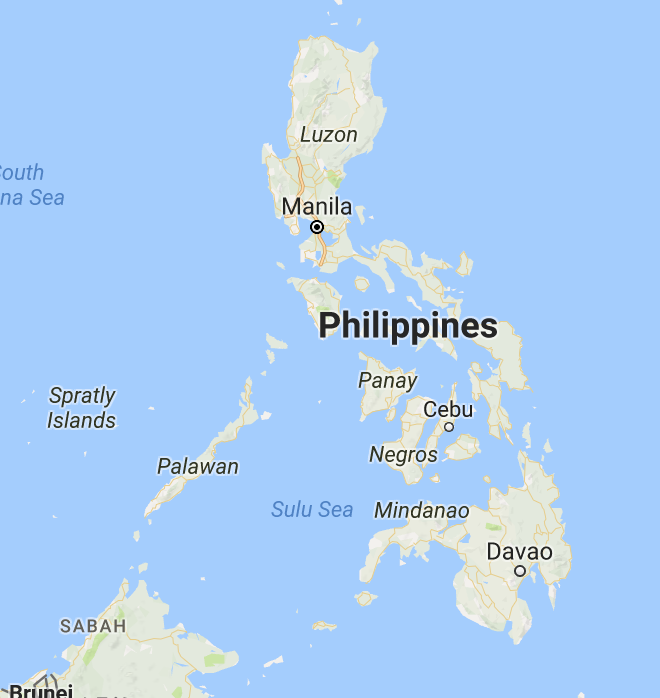Non-local local?
This is a follow-up to my last post and also a prelude to my next where I’ll examine the qualitative data from the last two questions on our survey of Filipino aid and development workers. Arbie and I are almost done with the series and are beginning the process of summarizing.
 Non-local local
Non-local local
Looked at from afar most phenomena may appear monolithic, but the closer one gets the more diverse and nuanced the object of your observation becomes.
So it is with ‘local’ aid and development workers.
Though I want to think I knew this already, the following comment from a young male Filipino aid worker employed by an INGO made me realize more explicitly something that is now embarrassingly obvious, namely that all ‘local’ aid workers are not, well, local.
“As an aid worker, you can be stationed away from your family and thus you feel lonely and homesick. Your co-workers will become your second family. It will be great if there are more team-building activities, group sessions to stregthen the bond and camaraderie of aid workers. Sometimes, you drown yourself with selfless hardwork and with utmost dedication that you lose yourself unknowingly.”
What he says about co-workers becoming surrogate families, the need for team-building, and working so hard that you “lose yourself unknowingly” are familiar sentiments to most aid and development workers around the world, local or expat. But what I did not see more clearly until I took a closer look was that not all ‘local’ aid workers are indeed local. To my knowledge there are no country-wide data on what percentage of Filipino ‘local’ aid workers live at (or very close to) home versus those that are many hours (or even days) travel away from their homes. I have made a note to myself that on all future surveys of local aid and development workers this question will be asked in some form.
In the same way that most HQ-based aid workers in London or New York aren’t necessarily originally from London or New York, the same is so for aid workers in the Global South. Those who work in the capitals may not necessarily be from that city, and those aid workers assigned to remote project areas may be from somewhere else, too.
 Arbie has an example from his experience: while visiting a project site in a small, remote rural town in the Philippines, he noticed how a significant number of the staff based there were from elsewhere (and they also couldn’t speak the local language). He also noticed how some staff who were actually from that area were initially skeptical when new colleagues from Manila were deployed to their town.
Arbie has an example from his experience: while visiting a project site in a small, remote rural town in the Philippines, he noticed how a significant number of the staff based there were from elsewhere (and they also couldn’t speak the local language). He also noticed how some staff who were actually from that area were initially skeptical when new colleagues from Manila were deployed to their town.
My collaborator -Arbie- and I offer the guesstimate that as many as 30-40% of Filipino aid and development workers are ‘non-local local’, this figure varying widely depending upon many factors including time frame, industry sector, and the nature of response activities. Scoping out a bit, I wonder how this compares in other locations around the world.

Speaking of binaries
On the theme of looking more closely, I’ll offer two additional ‘binary busting’ thoughts. First, the fact that ‘local’ aid and development workers are at the same time beneficiaries (either directly or indirectly) complicates and makes even more interesting research questions about a range of topics. As for the ‘aid vs. development’ binary, the same can be said. Here’s one comment from a veteran female development worker employed by an INGO that illustrates this blurring.
“Development work has been of great interests to many Filipino workers since PH have been affected by several large-scale disaster in the last 7 years.”
Aid work becomes development work and the two burr together over the years, especially in the lives and minds of those ‘locals’ working in the sector.
All for now. Contact me with questions or comments.


 Follow
Follow